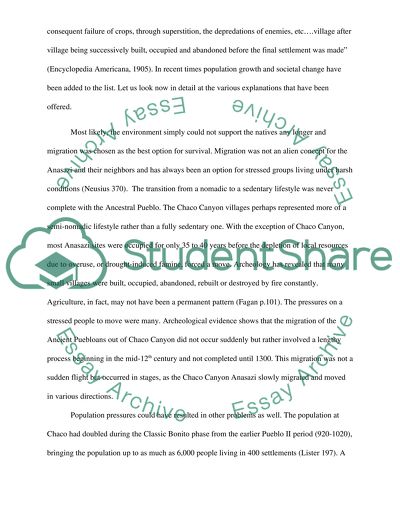Cite this document
(“Proposed theories for American Southwest dissappearance of Anasazi: Essay”, n.d.)
Proposed theories for American Southwest dissappearance of Anasazi: Essay. Retrieved from https://studentshare.org/archaeology/1462199-proposed-theories-for-american-southwest
Proposed theories for American Southwest dissappearance of Anasazi: Essay. Retrieved from https://studentshare.org/archaeology/1462199-proposed-theories-for-american-southwest
(Proposed Theories for American Southwest Dissappearance of Anasazi: Essay)
Proposed Theories for American Southwest Dissappearance of Anasazi: Essay. https://studentshare.org/archaeology/1462199-proposed-theories-for-american-southwest.
Proposed Theories for American Southwest Dissappearance of Anasazi: Essay. https://studentshare.org/archaeology/1462199-proposed-theories-for-american-southwest.
“Proposed Theories for American Southwest Dissappearance of Anasazi: Essay”, n.d. https://studentshare.org/archaeology/1462199-proposed-theories-for-american-southwest.


